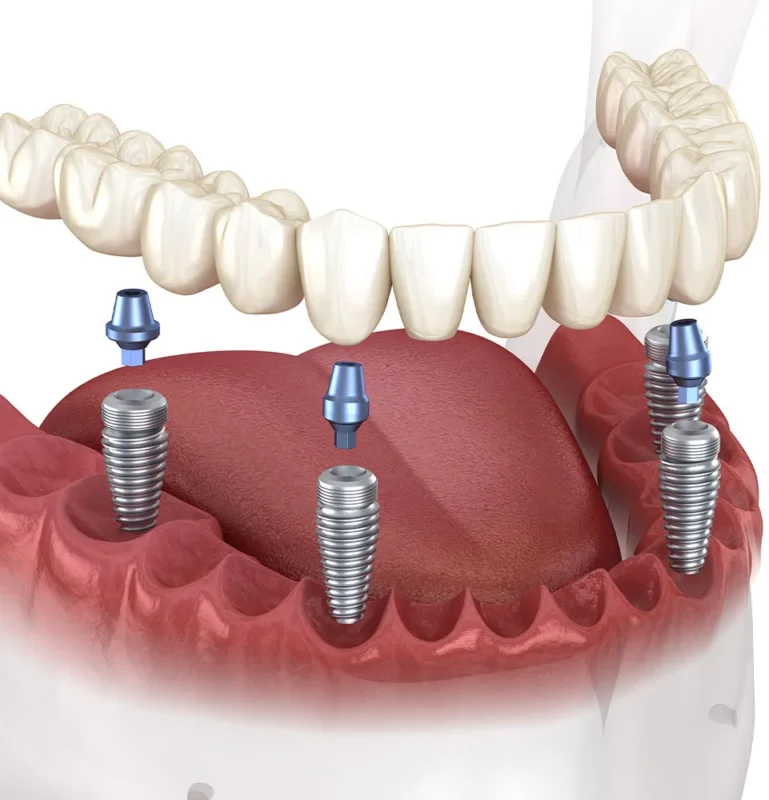How to Choose the Best Type of Dental Bridge: A Complete Guide to Understanding the Different Types

When it comes to teeth replacement, Dental bridge can fill the gap created by missing teeth, ensuring your teeth are properly aligned and your smile is complete. Among the different types of dental bridges, the Maryland bridge stands out as a popular and effective solution. In this article, we will explore the different types of dental bridges, including the Maryland bridge, and provide a complete guide to help you choose the best one for your needs.

What is a Dental Bridge?
Dental bridge is a prosthetic device used to replace one or more missing teeth. It is anchored to the adjacent natural teeth or dental implants, effectively "bridging" the gap left by the missing teeth. Dental bridges restore both the appearance and function of your teeth, allowing you to chew, speak, and smile confidently again.
There are several types of dental bridges, each designed to address different needs based on the location and condition of the missing teeth. Your dentist will help determine the most suitable option for your oral health and budget.

Types of Dental Bridges
Here’s a breakdown of the most common types of dental bridges:
Maryland Bridge
The Maryland bridge (also known as a resin-bonded bridge) is a conservative option for teeth replacement, especially for those missing a single tooth in the front of the mouth. This type of bridge consists of a false tooth that is bonded to the adjacent teeth using a metal or porcelain framework. Unlike traditional bridges, which require the adjacent teeth to be filed down to accommodate crowns, Maryland bridges only require minimal alteration of the natural teeth.
Pros:
Minimal tooth preparation: The adjacent teeth require little to no alteration.
Aesthetic: Maryland bridges are highly aesthetic, as they can be made to match the color of your natural teeth.
Less invasive: The procedure is less invasive compared to traditional bridges or implants.
Cons:
Not ideal for back teeth: Due to their less durable construction, Maryland bridges are usually not recommended for molars, as they may not withstand the pressure of chewing.
Potential for bonding failure: In some cases, the bonding material may wear down over time, especially if the bridge is placed under heavy stress.

Traditional Fixed Bridge
The traditional fixed bridge is the most common type of dental bridge and is often used when there are natural teeth on both sides of the gap. It consists of a false tooth (pontic) that is attached to dental crowns placed on the adjacent teeth. The crowns are custom-made to fit over the prepared adjacent teeth, providing a secure and durable restoration.
Pros:
Durability: Traditional bridges are highly durable and suitable for replacing missing teeth in the back of the mouth.
Strong and functional: The crowns provide additional strength to the bridge, making it ideal for restoring full chewing function.
Long-lasting: With proper care, traditional bridges can last many years.
Cons:
More invasive: The adjacent teeth need to be filed down to accommodate the crowns, which involves more tooth preparation.
Requires healthy adjacent teeth: For the bridge to be successful, the adjacent teeth must be healthy enough to support the crowns.

Are you thinking of improving the appearance of your smile and getting perfect teeth? Discover in our article if Are Composite Veneers the Perfect Solution for Whiter Teeth?.
Finally:
Choosing the right dental bridge is crucial for restoring the function and appearance of your smile. Whether you choose a Maryland bridge, a traditional fixed bridge, or an implant-supported bridge, it's important to consult with your dentist to determine the best option for your specific needs. Remember that each type of bridge has its advantages and disadvantages that may suit your health condition and budget. By getting the perfect bridge, you can restore not only the appearance of your smile, but also enhance your ability to chew and speak with confidence.
With proper care and regular visits to the dentist, you can keep your dental bridge in excellent condition and enjoy a beautiful smile and improved oral health for years to come. Be sure to follow your doctor's advice to prevent potential problems and maintain your overall oral health.
Please enter your data correctly
We will contact you as soon as possible.


